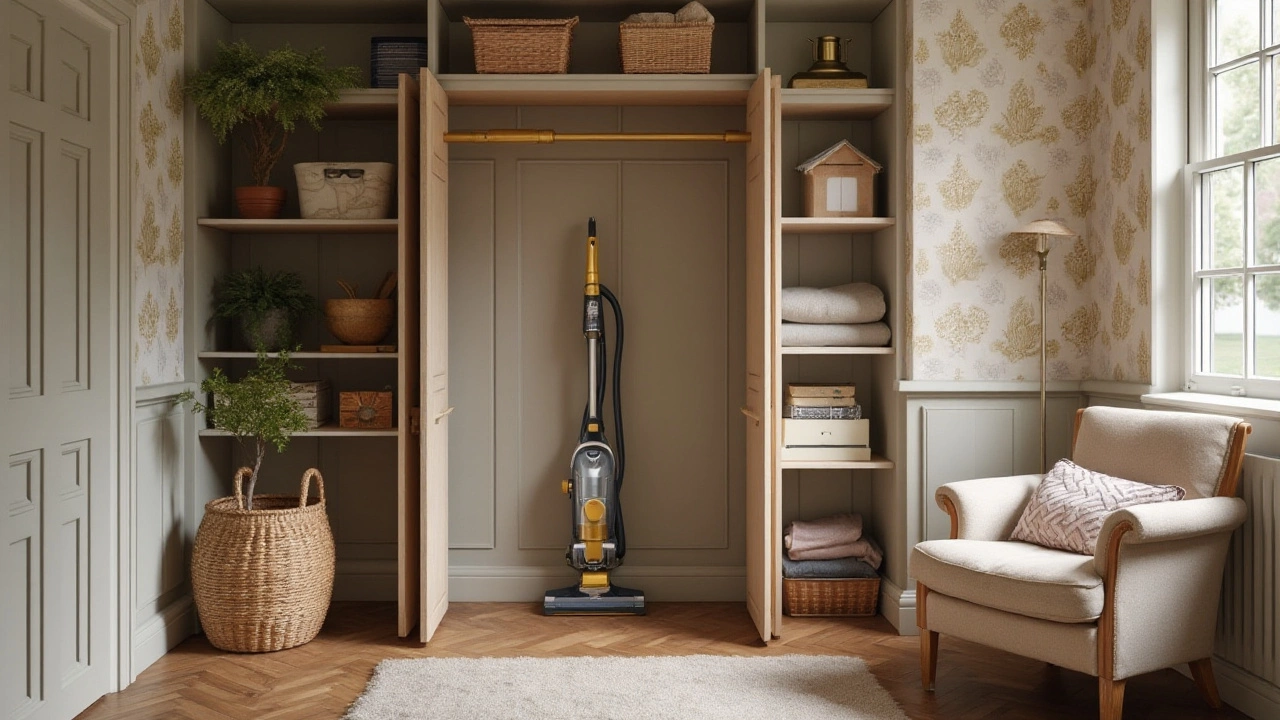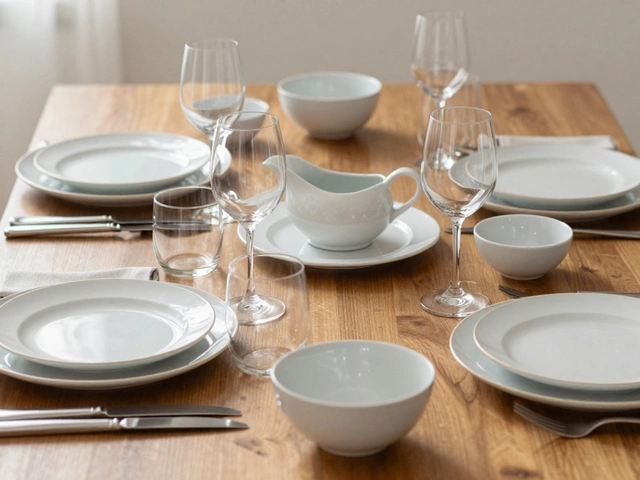Vacuum Storage Made Easy: Free Up Space and Protect Your Things
Ever opened a closet and felt crushed by piles of blankets, winter coats, or out‑of‑season toys? Vacuum storage is a quick way to shrink those bulky items so you get more room and keep them safe from dust and moisture. The trick is simple: you put your stuff in a zip‑lock style bag, pull the air out with a pump or a dryer, and seal it tight. In a few minutes you’ve turned a massive duvet into a flat, compact package.
Why Use Vacuum Storage?
First, it saves space. A single bag can cut the volume of a thick sweater by up to 80 percent. That means you can stack a few bags on top of each other or slide them into a tight corner of a wardrobe. Second, it protects items. When the air is removed, there’s less room for mold, bugs, and odors to settle. Third, you can keep things organized. Label each bag with the season or the type of item, then you’ll know exactly what you’re pulling out later.
How to Pack and Store Items Properly
Start with clean, dry items. If your clothes are damp, they’ll get a musty smell after you seal the bag. Fold each piece neatly and lay it flat inside the bag, avoiding sharp folds that could tear the plastic. Don’t overstuff the bag; leave a little room at the top so the seal can grip firmly. Once everything is inside, close the zip and press out as much air as you can with your hands.
If you have a hand pump, attach it to the one‑way valve and pump until the bag feels hard. No pump? You can use a standard household dryer: set it on a low‑heat “air fluff” setting, place the bag inside, and let the tumbling motion push the air out through the valve. Keep an eye on the bag so it doesn’t overheat.
After the air is out, seal the bag tightly and check the seal by gently pressing on the bag. If you feel any give, press the seal again. Write a quick label on the bag with a marker – season, year, or content. Then store the bags in a cool, dry place away from direct sunlight. Sunlight can weaken the plastic over time.
Here are a few extra pointers: avoid vacuum‑sealing delicate fabrics like silk, as the pressure can crease them. Use thicker, double‑sealed bags for heavy items like blankets. Rotate your stored bags every few months – open one, let it breathe, then reseal – to keep the plastic from getting brittle.
With these steps, vacuum storage becomes a hassle‑free way to reclaim space and protect your belongings. Give it a try the next time you need to stash seasonal items, and you’ll notice the extra room right away.

Discover the Best Places to Store Your Vacuum Cleaner
Storing a vacuum cleaner effectively involves considering the size, design, and functionality of your home. Most people choose practical storage options like utility closets, under stairs, or dedicated cabinets, ensuring easy access and space efficiency. Learn about creative storage solutions, space-saving tips, and how to keep your vacuum cleaner from becoming an eyesore.
Categories
- Storage (27)
- Bathroom (18)
- Sofas (15)
- Curtains (15)
- Home Decor (12)
- Bedding (11)
- Kitchenware (11)
- Cushions (11)
- Mirrors (10)
- Rugs (9)
Popular Articles



